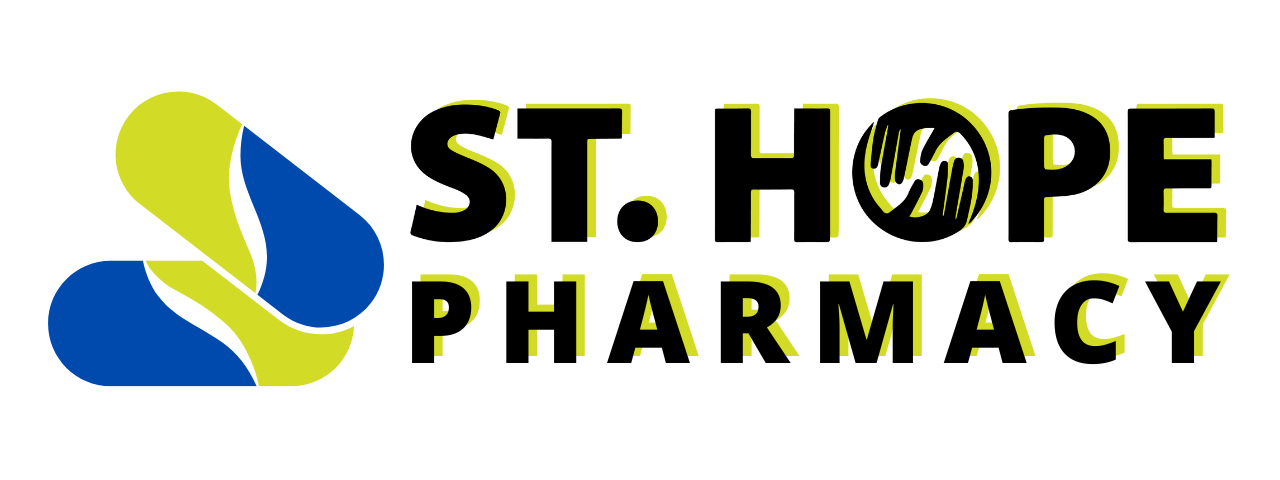Pain Relief for Active Lifestyles: Safe Use of OTC and Prescription Options

Living an active lifestyle is great for your physical and mental health, but it can also come with its fair share of aches, pains and minor injuries. Whether you’re a weekend warrior, daily runner, gym enthusiast or simply enjoy being on the move, knowing how to manage pain effectively and safely is essential for staying in the game and avoiding long-term complications.
Pain in Active Individuals
Active lifestyles can cause different types of pain, including:
- Acute pain: Sudden pain from injuries like sprains, strains or overuse.
- Chronic pain: Ongoing issues like arthritis or back pain from repetitive activity or past injuries.
- Delayed-onset muscle soreness (DOMS): Common after intense exercise or trying new workouts.
Pain can be a helpful signal, alerting you to potential injury or the need for rest. But unmanaged or persistent pain can limit performance and interfere with everyday life. That’s where safe pain management comes in.
Over-the-Counter (OTC) Pain Relief for People With Post-Exercise Pain
OTC medications are often the first line of defense for mild to moderate pain. When used appropriately, they can be very effective.
1. Acetaminophen (Tylenol)
- Best for: General aches, mild arthritis, headaches.
- Pros: Gentle on the stomach, safe for most people when used correctly.
- Caution: Avoid exceeding 3,000–4,000 mg per day to prevent liver damage.
2. Nonsteroidal Anti-Inflammatory Drugs (NSAIDs)
- Examples: Ibuprofen (Advil, Motrin), Naproxen (Aleve)
- Best for: Inflammation-related pain, like muscle injuries, back pain or joint issues.
- Pros: Reduces both pain and inflammation.
- Caution: Long-term use can affect the stomach, kidneys and heart. Always take with food and follow dosing guidelines.
3. Topical Analgesics
- Examples: Menthol-based rubs, lidocaine patches, capsaicin creams.
- Best for: Localized muscle or joint pain.
- Pros: Minimal systemic side effects, easy to apply to target areas.
Prescription Pain Relief: When OTC Isn’t Enough
Sometimes, OTC options don’t provide enough relief, especially after surgeries, serious injuries or for managing chronic pain conditions. They’re typically not necessary for people who have aches or mild joint pain after workouts, but may be prescribed if your workouts are related to post-injury or post-surgery rehabilitation. In these cases, your healthcare provider may recommend prescription treatments:
1. Stronger NSAIDs or COX-2 Inhibitors
These offer anti-inflammatory relief with potentially fewer stomach issues than traditional NSAIDs.
2. Muscle Relaxants
Often prescribed for acute back or neck pain, especially when muscle spasms are involved.
3. Prescription Strength Topicals
These can include higher doses of lidocaine, diclofenac or combination treatments tailored to your condition.
4. Opioids (for short-term use only)
- Examples: Hydrocodone, oxycodone
- Used for: Severe pain after surgery or major injury.
- Caution: These medications carry a risk of dependence and should only be used short-term under strict medical supervision.
Using Pain Relief Safely: What to Keep in Mind
- Always follow dosing instructions. More is not better and can be harmful.
- Avoid combining similar medications. For example, don’t take multiple brands of NSAIDs at once.
- Watch for interactions. If you’re on other medications or have chronic conditions, consult your pharmacist or doctor before mixing different medications and supplements.
- Use the lowest effective dose for the shortest time possible. It’s better to take too little than too much, and you can always take more if you’re below the maximum recommended dose listed on the medication. Also avoid continuing to take OTC painkillers after your pain has gone away.
- Don’t ignore persistent pain. Pain lasting longer than a few days should be evaluated. If you’re consistently feeling the same pain (other than just the normal post-exercise soreness) after every walk, run or workout, you should talk to a doctor.
Natural and Lifestyle Approaches to Pain Relief
Pain management isn’t only about medication. Combining drug therapy with lifestyle habits can offer better results and reduce your reliance on pills. You may experience less post-activity pain by using:
- Stretching and mobility warmups
- Ice or heat therapy
- Physical therapy
- Rest and recovery days
- Supportive footwear or braces
When to Talk to a Pharmacist or Doctor
You should reach out to a healthcare provider or pharmacist if:
- You’re unsure which medication is right for you
- Pain isn’t improving with OTC treatments
- You experience side effects or drug interactions after using OTC medications
- You need help managing multiple prescriptions
Your pharmacist is a valuable resource in helping you make safe, informed decisions about pain relief, especially if you’re regularly active.
Your Houston Partner in Pain Management
Your health and mobility are too important to leave to guesswork. Our pharmacists can recommend a pain relief plan that supports your active lifestyle, safely and effectively. Visit a St. Hope Pharmacy today or contact us here on our website.


